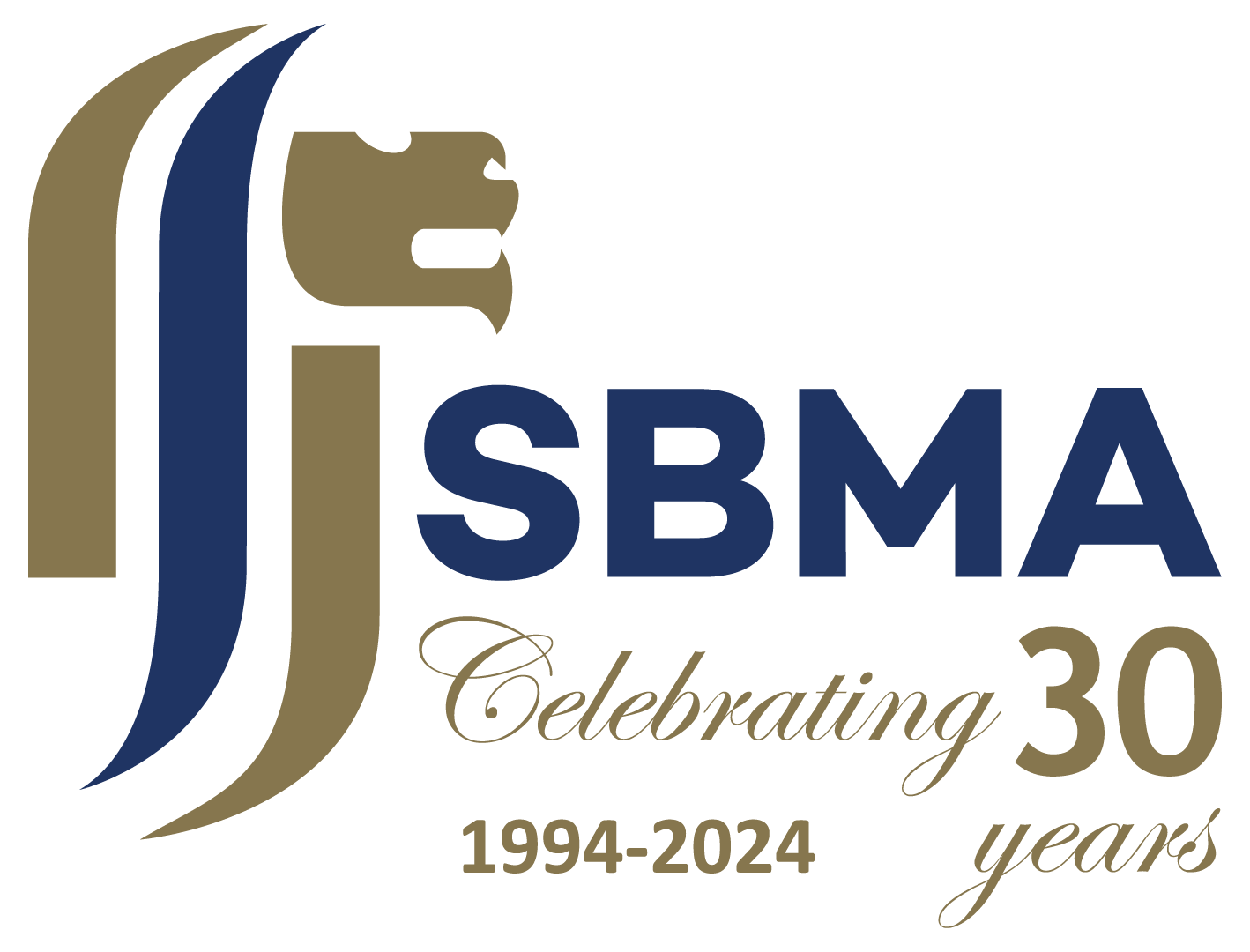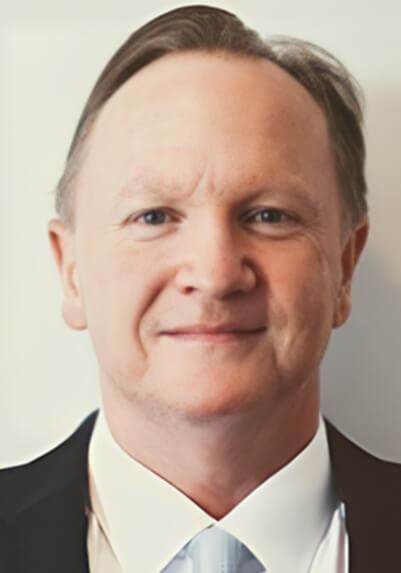Navigate
Article List
- Gold: What is the Official Sector Telling us?
By Rhona O’Connell, Head of Market Analysis, EMEA & Asia, StoneX Financial Ltd
- Getting to Know FGLD: An Alternative to Physical Gold
By Bursa Malaysia Derivatives Berhad
- Unlock the Powerful Edge of Trading Gold Futures
By Chin Yi Xuan, General Manager, Algopedia
- Malaysia’s Gold Market
By Elvis Chou, Senior Consultant, Metals Focus
- SBMA News
By SBMA
Article List
- Gold: What is the Official Sector Telling us?
By Rhona O’Connell, Head of Market Analysis, EMEA & Asia, StoneX Financial Ltd
- Getting to Know FGLD: An Alternative to Physical Gold
By Bursa Malaysia Derivatives Berhad
- Unlock the Powerful Edge of Trading Gold Futures
By Chin Yi Xuan, General Manager, Algopedia
- Malaysia’s Gold Market
By Elvis Chou, Senior Consultant, Metals Focus
- SBMA News
By SBMA
Gold: What is the Official Sector Telling us?
By Rhona O’Connell, Head of Market Analysis, EMEA & Asia, StoneX Financial Ltd

In January, the World Gold Council published the 30th edition of its “Gold Demand Trends” report. A notable aspect was the massive net gold purchases by central banks in the second half-year; we will return to that shortly.
Retail and Professional
Another crucial aspect was the comparison between professional and retail investors’ attitudes towards gold. In an inflationary environment, retail investors generally view gold as a hedge, while professionals focus more on managing inflationary risks. This is by no means new, but was highlighted this year by reduced jewellery tonnage (exacerbated by China lockdowns) and growing demand for coins and bars, while there was further mild decline in the exchange-traded products.
Quarterly coin and bar demand increased sharply in Q3 and Q4, averaging 338 tonnes per quarter (tpq) against 270 tpq in H1, and a quarterly average of 217 tonnes in 2019 to 2021.
Quarterly gold coin and bar purchases; tonnage and approximate expenditure (net of premia)

Monetary Policy
In inflationary times, some retail investors may allocate a portion of their income to gold as a store of value. On the other hand, professionals pay attention to monetary policy and its impact on inflation and the financial sector. Interest rate policy thus comes to the fore.
IN INFLATIONARY TIMES, SOME RETAIL INVESTORS MAY ALLOCATE A PORTION OF THEIR INCOME TO GOLD AS A STORE OF VALUE. ON THE OTHER HAND, PROFESSIONALS PAY ATTENTION TO MONETARY POLICY AND ITS IMPACT ON INFLATION AND THE FINANCIAL SECTOR.
Last year, attention was on the Fed’s interest rate hike cycle; this time it is about whether and when the Fed will take its foot off the gas. At the February meeting the Federal Open Market Committee hiked rates by 25 basis points, with a target Fed funds band of 4.25-4.50%, and Fed Chair Jerome Powell emphasised that price stability is crucial for a healthy economy and a restrictive stance is likely to remain “for some time”, while noting that the job market remains resilient.
And it is not just the Fed’s moves that are attracting attention; the European Central Bank is vocally determined to maintain “significant” rate rises until inflation returns to 2%. We do not expect European interest rates to exceed those in the United States (nor do the bond markets), but the long dollar, long yield trade of 2022 has run its course, and there are signs of fresh life in the European economy. The Bank of Japan’s moves in December to double its policy ceiling rate to 0.5% for the 10-year bond also sent ripples through the market, which have persisted since.
The fact that real interest rates were negative through last year seemed less relevant to professional investors than rising nominal rates. This year, the prospect of waning inflation is supporting gold because of the implications for interest rates. Longer-term bulls are looking to the potential for fresh physical demand and possible professional buying to maintain weightings in an equities bull market. Bears are hoping for a stabilising global economy and reduced geopolitical risk.

The Official Sector and Gold
The World Gold Council uses data from the IMF and confidential fieldwork undertaken by the widely respected team at Metals Focus. The preliminary conclusions are that H2 2022 saw a surge in net official gold purchases, with a full-year total of 1,136 tonnes – the second highest since 1967, when central banks were buying gold partly in anticipation of a Kennedy dollar devaluation and before the dollar came off the gold standard.
IMF-reported world gold holdings; tonnage and as a share of FX*

The primary drivers were gold’s performance during times of crisis, and its role as a long-term store of value. Emerging market countries were prominent buyers, with Turkey as the largest reported buyer with 148 tonnes (excluding the gold in domestic commercial bank deposits) accumulated during this period. The Middle East and Central Asia were also active buyers of gold.
It is arguable, given the shifts in economic relationships globally, that a good part of this was also moves to hedge against the dollar – either in expectation of the currency weakening, or a desire to rebalance anyway – although these are not mutually exclusive.
Either way, the official sector is signalling to the world that gold remains a key component of risk-hedging.

RHONA O’CONNELL has over 35 years’ experience as a commodities analyst, and is a recognised authority in the precious metals sector. She has worked as a metals market analyst in many aspects of the industry, including the mining sector, commodities broking at Rudolf Wolff, and in the equity markets and investment banking, where at Shearson Lehman she was the Group Precious Metals analyst. She is now the Head of Market Analysis, EMEA & Asia at StoneX Financial Ltd.






















